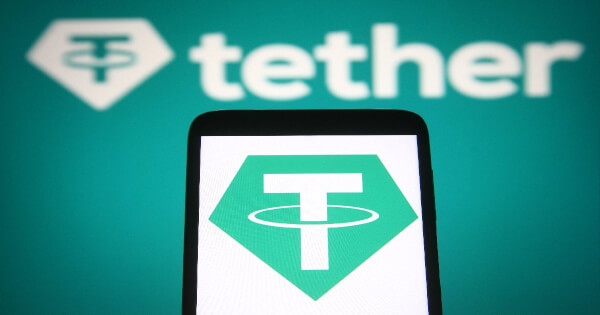Tether, the largest stablecoin operator, made headlines on Christmas Day by minting 1 billion USDT (Tether) on the Ethereum blockchain. This move, described by Paolo Ardoino, Tether’s CTO and new CEO, as “authorized but not issued,” is part of what the company calls inventory replenishment. This means these tokens are prepared for future issuance requests and chain swaps, but are not yet released into circulation.
In traditional finance, inventory replenishment involves stocking up on goods in anticipation of future demand, avoiding stock shortages and surplus inventory. Tether adopts this approach by creating new USDT tokens stored as reserves in the company’s treasury. These tokens are not immediately released into the market and do not contribute to USDT’s total market capitalization.
The minting has raised skepticism and transparency concerns among industry observers. Some have questioned the decision-making process behind these large mints and speculated potential impacts on the Bitcoin market. Critics suggest that such actions by Tether could be a strategy to inflate the supply of USDT without proper backing, or even to manipulate the price of Bitcoin.
Despite these concerns, Tether has shown significant growth over the past year. Its market capitalization surged by nearly 38% since January 2023, reaching new highs. Tether’s increasing involvement in Bitcoin-related activities, including plans to purchase Bitcoin for its reserves and launching Bitcoin mining operations, has partly fueled this growth.
This is not Tether’s first large-scale minting event. In September 2023, a similar mint involving 1 billion USDT occurred on the Tron network. Ardoino’s explanation for both events was consistent, stating that these were authorizations, not actual issuances, intended for future issuance requests and chain swaps. This pattern of minting large amounts and labeling them as “authorized but not issued” has become a recognizable strategy for Tether, regardless of the blockchain involved.
The cryptocurrency industry has always been rife with speculation and differing opinions. In the case of Tether’s recent minting, some industry watchers have gone as far as to accuse the company of creating USDT out of thin air, questioning the individuals responsible for such decisions. These speculations often lead to heated discussions on social media platforms, where various theories about Tether’s motives and potential market impacts are debated.
Image source: Shutterstock








